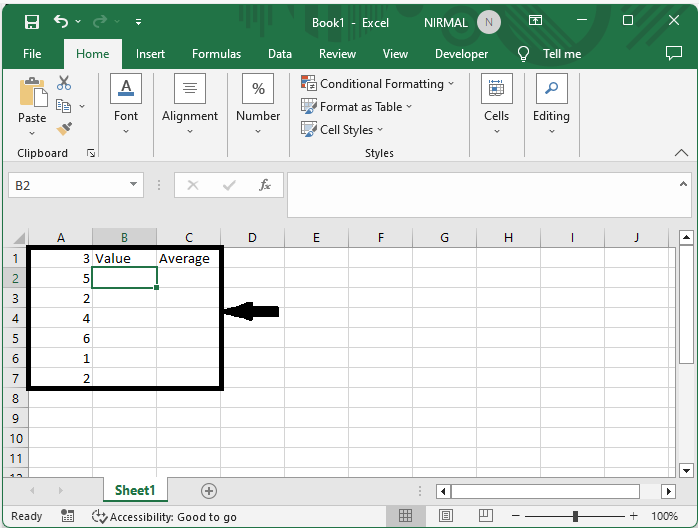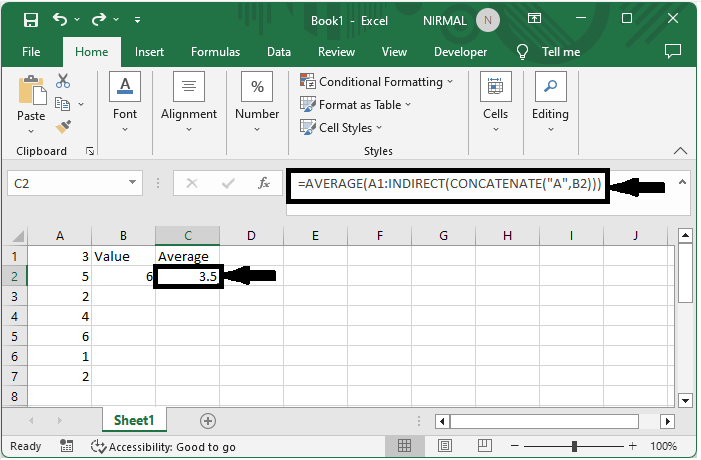
 Data Structure
Data Structure Networking
Networking RDBMS
RDBMS Operating System
Operating System Java
Java MS Excel
MS Excel iOS
iOS HTML
HTML CSS
CSS Android
Android Python
Python C Programming
C Programming C++
C++ C#
C# MongoDB
MongoDB MySQL
MySQL Javascript
Javascript PHP
PHP
- Selected Reading
- UPSC IAS Exams Notes
- Developer's Best Practices
- Questions and Answers
- Effective Resume Writing
- HR Interview Questions
- Computer Glossary
- Who is Who
How To Define Range Based On Another Cell Value In Excel ?
Excel is a robust spreadsheet programme that provides a number of tools and functions to make data analysis and manipulation easier. The chore of dynamically establishing a range based on the value of another cell is one that users frequently encounter. You may automatically modify your formulae and calculations as the value of the referenced cell changes thanks to this dynamic range definition.
In this article, we'll look at a variety of approaches to defining dynamic range in Excel. In order to ensure that you have a thorough understanding of how to apply this concept in many settings, we will cover both fundamental and advanced strategies. Regardless of your level of Excel proficiency, this course will arm you with the information and abilities you need to effectively define ranges based on cell values. You will be capable of securely applying these methods in your own Excel projects by the end of this session. So let's get started and see how to build a range in Excel depending on the value of a different cell!
Define Range Based On Another Cell Value
Here, we can complete the task directly using a single formula. So let us see a simple process to learn how you can define a range based on another cell value in Excel.
Step 1
Consider an Excel sheet where the data in the sheet is similar to the below image.

First, click on an empty cell and enter the formula as
=AVERAGE(A1:INDIRECT(CONCATENATE("A",B2))) and click enter to complete the task.
Empty cell > Formula > Enter.

Note
In the formula A1 is the address of the first cell in the column, A is the column you calculate for, and B2 is the address of the cell you calculate based on.
Conclusion
In this tutorial, we have used a simple example to demonstrate how you can define a range based on another cell value in Excel to highlight a particular set of data.

